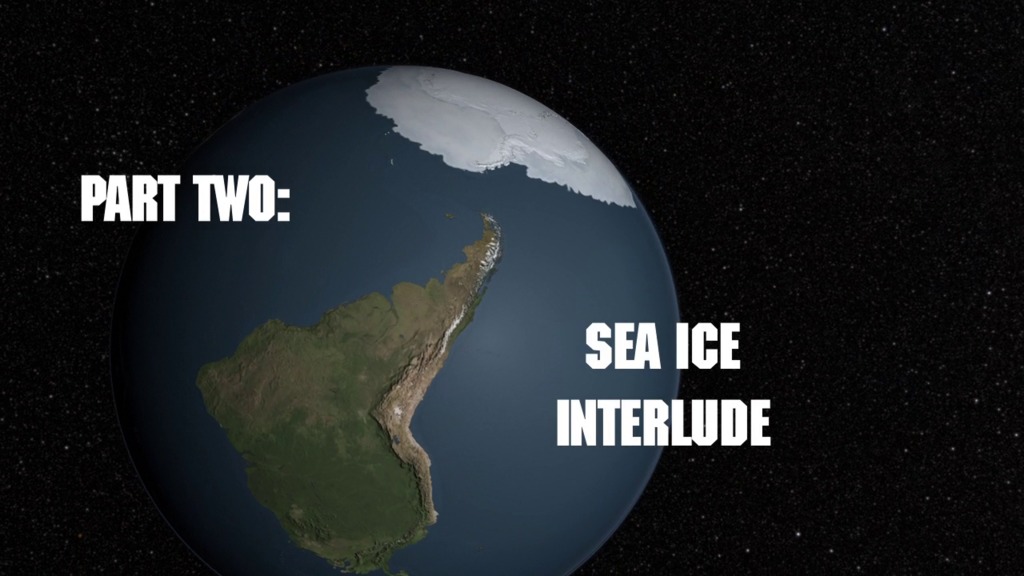Mapping Polar Ice
In certain parts of Antarctica, the ice is disappearing—fast. To better understand how and why this is happening, NASA's Operation IceBridge mission uses a suite of advanced instruments aboard its DC-8 aircraft to survey the continent's layered ice deposits and underlying bedrock. One place scientists are looking at closely is the Getz Ice Shelf. The underside of this 300-mile-long floating tongue of ice hanging off West Antarctica is being eaten away by warm ocean currents. And a thin crack on its surface threatens to calve a large piece of it into the sea. In 2012, researchers mapped regions near the ice shelf's grounding line, the point where the ice leaves the support of land and begins to float on water, to determine how much ice is being lost to the ocean, and at what rate. Watch the video to learn more.

An airborne science laboratory probes Earth's frozen continent for signs of change.
Watch this video to see how NASA scientists survey Antarctica from a flying research laboratory.

This photo of a crack in the ice near the calving front of Antarctica's Getz Ice Shelf was taken in Oct. 2012.

Using radar observations, scientists can see through Antarctica's ice layers and map the shape and elevation of the bedrock below.

An outline of Antarctica's grounding line (red) and the location of the Getz Ice Shelf are shown on this map.
Credits
Please give credit for this item to:
NASA's Goddard Space Flight Center
-
Animators
- Lori Perkins (NASA/GSFC)
- Trent L. Schindler (USRA)
- Horace Mitchell (NASA/GSFC)
- Greg Shirah (NASA/GSFC)
-
Narrator
- Jefferson Beck (USRA)
-
Producer
- Jefferson Beck (USRA)
-
Scientist
- Michael Studinger (UMD)
-
Writer
- Jefferson Beck (USRA)
Release date
This page was originally published on Tuesday, March 19, 2013.
This page was last updated on Wednesday, May 3, 2023 at 1:52 PM EDT.
